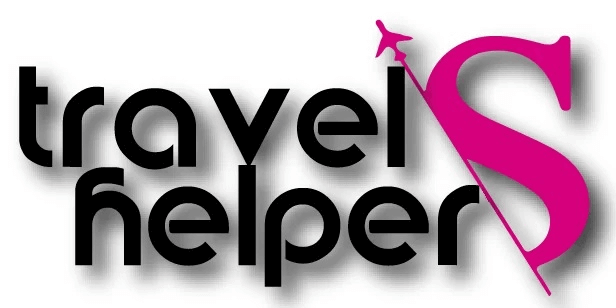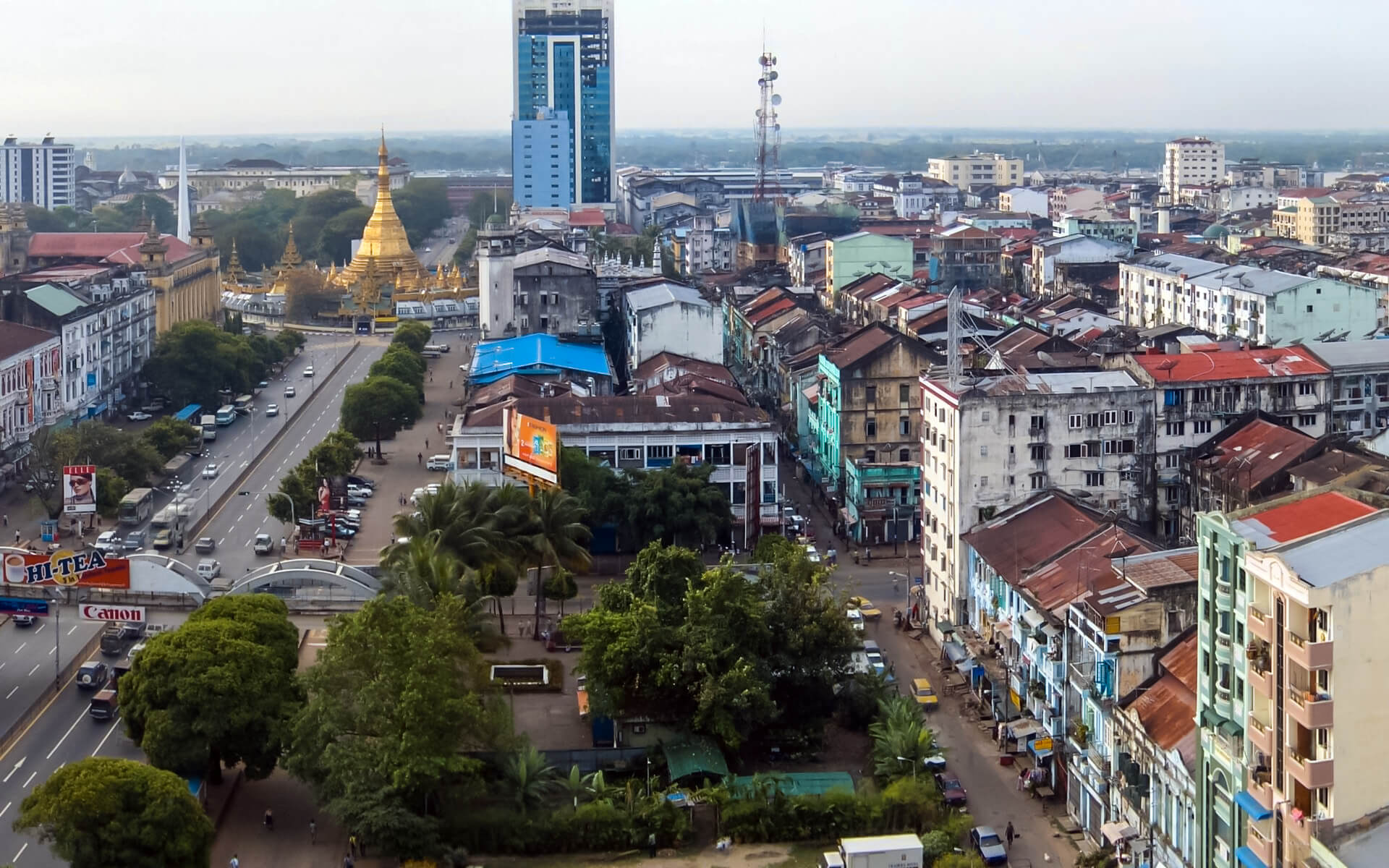Gaborone is Botswana’s capital and biggest city. Its agglomeration has a population of 421,907 people.
Gaborone is 15 kilometers (9.3 miles) from the South African border, lying between Kgale and Oodi Hills on the Notwane River in Botswana’s southern section.
There are several languages spoken there, with Setswana (Tswana) being the most common. English, iKalanga, and the Kgalagadi’s native tongue are also spoken.
When the Bechuanaland Protectorate became an independent country in the mid-1960s, the city was slated to be the capital since it had no tribal allegiance and was near to fresh water. The city’s heart is a lengthy strip of commercial establishments known as the Mall, which is flanked on the west by a semicircle-shaped section of government buildings. The city is one of the world’s fastest-growing, which has resulted in housing issues and illegal colonies. During the 1980s, the city also battled with wars that erupted in the nation from Zimbabwe and South Africa.


